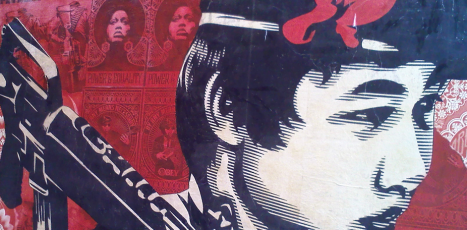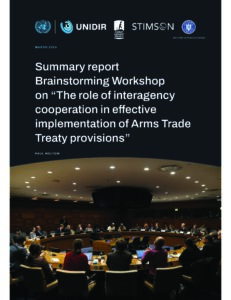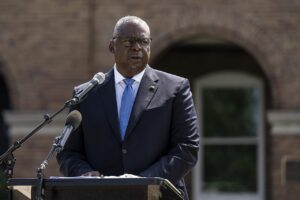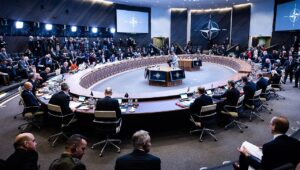The Challenge
Children are among the most vulnerable populations in armed conflicts raging around the world. Children are often exploited to serve on the frontlines and/or in support capacities by national militaries, government-supported paramilitaries, and non-state armed groups. Burma has the largest number of children serving as soldiers in government and ethnic armed groups. Yemen’s, decent into civil war has accelerated the recruitment and use of children to man checkpoints and support various armed groups. And in South Sudan, tens of thousands of children have been forcibly recruited as armed combatants to assist all parties to the devastating war. Stakeholders from across the international community are working together to identify effective and sustainable means to prevent and ultimately end the use of child soldiers.
“Stimson’s innovative work on child soldiers has led to greater awareness and understanding of the impact of arms transfers on the recruitment and use of child soldiers.“
Our Approach
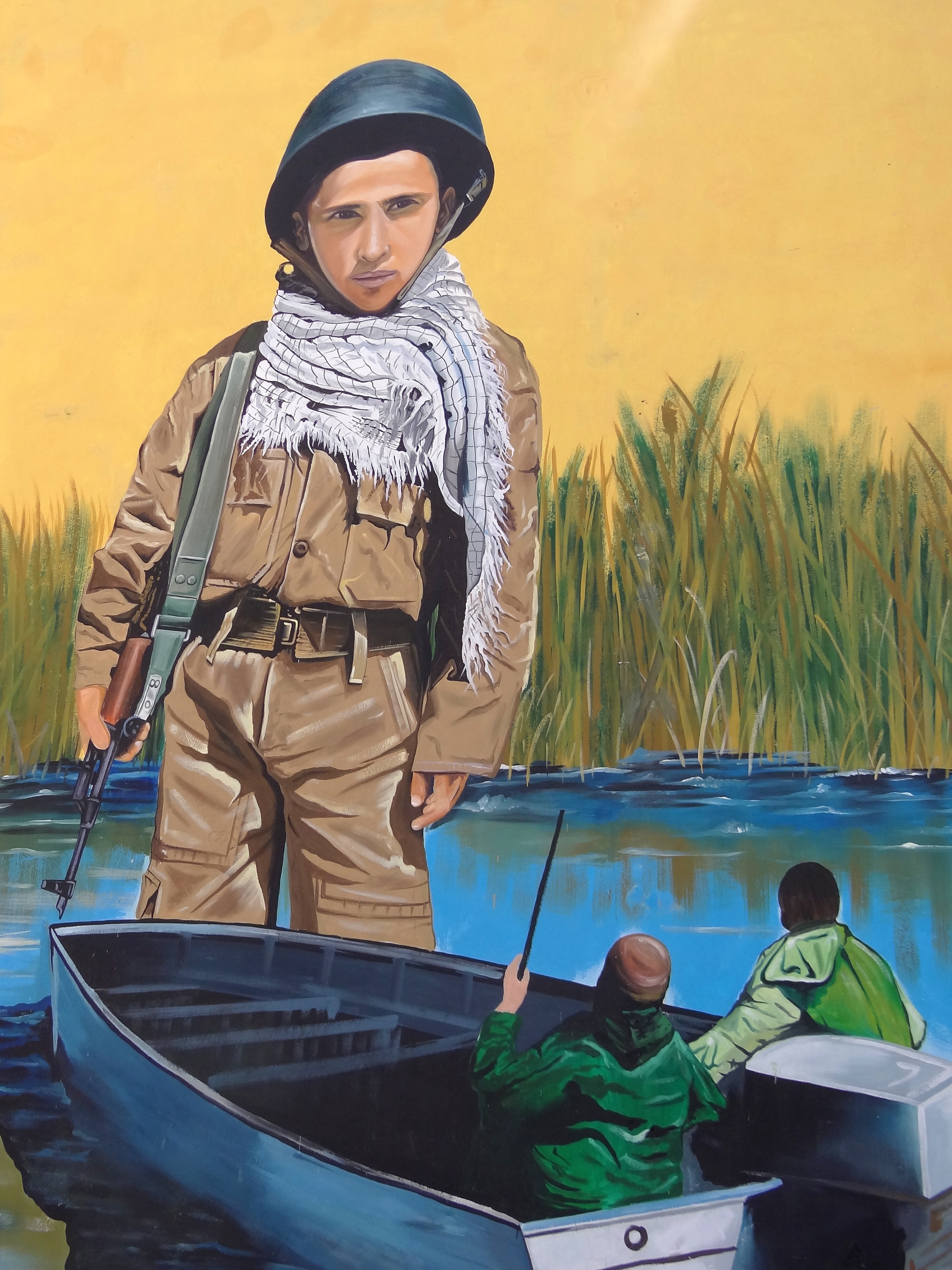
An overlooked component of the tragic reality of the use of child soldiers is the impact of global arms transfers. The dynamics of the international arms trade have made weapons more accessible to more actors — including those that forcibly recruit children into combat. And many countries with known records of child soldier use or rely on weapons and military assistance from some of the world’s leading arms exporters, including the United States. In order to underscore this connection and identify areas for policy improvement, the Stimson Center examines the connection between military assistance and arms transfers to countries known to use or support the use of child soldiers.
Stimson focuses its research on analyzing the extent to which the United States provides military assistance and weapons to countries using or supporting the use of child soldiers, despite legal prohibitions. Such research is unique in its method and its output — with Stimson being the only organization to compile annual data on U.S. assistance to offending governments — and underscores the intimate connection between the global arms trade and the use of children in conflict. In this way, Stimson aims to spotlight policy gaps to ensure that well-intentioned military assistance does not end up in the hands of governments that violate the rights of children.
Our Impact
Stimson’s innovative work on child soldiers has led to greater awareness and understanding of the impact of arms transfers on the recruitment and use of child soldiers. In particular, Stimson’s work has helped inform U.S. lawmakers and policymakers about the leverage they wield to encourage countries to end the use of children in combat around the world. Through detailed analysis of the Child Soldiers Prevention Act (CSPA), the U.S. legislation that prohibits military assistance to governments using and supporting the use of child soldiers, Stimson serves as the only source for data and information on implementation of the CSPA and U.S. military assistance to countries with child soldiers.
Stimson’s work identifies ways to close loopholes in the law and offers recommendations for future policies to stop the use of child soldiers. The research provides guidance for the U.S. Department of State, members of Congress, and non-government organizations to monitor and evaluate current U.S. policy efforts. Stimson-produced data has contributed to amendments in existing legislation and ultimately helped strengthen the norm against recruiting and using child soldiers.

